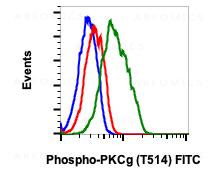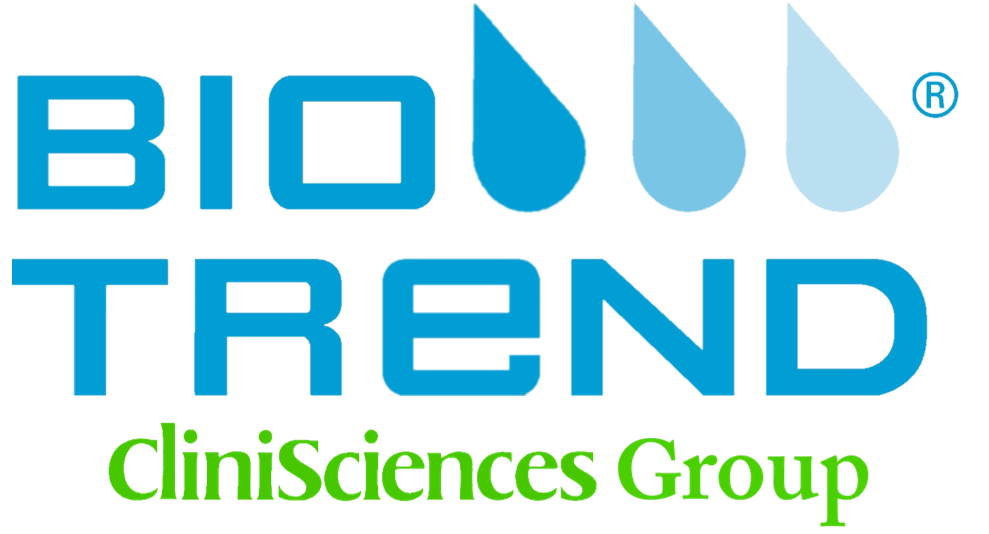| |
| Alternative Name : | Protein kinase C gamma type, PRKCG, PKCG |
| Immunogen Information : | A synthetic phospho-peptide corresponding to residues surrounding Thr514 of human phospho PKCg |
Protein Kinase (PKC) is a 12 member family of serine/threonine kinases termed conventional or classical( a b,g), novel ( d , e ,and q ), atypical ( z , l) and PKN and PKC-related (PKN1, PKN2 and PKN3) playing significant role in several signaling processes involved in physiological and pathological setting (1). PKC activation translates into gene expression modulation, cell division, migration, proliferation, differentiation, and cell survival and apoptosis (2).PKC members are classified based on their distinct cofactor requirements and the extent of homology between their regulatory elements (3,4). PKCalpha,beta I,beta II, andgamma constitute the conventional PKC isoforms, characterized by the presence of two cysteine-rich zinc finger domains, C1a and C1b (5,6) which bind to diacylglycerol (DAG) and phosphatidylserine (PS) (7). In addition, PKC contains a C2 domain, responsible for binding anionic phospholipids like phosphatidylinositol bisphosphate (PIP2) in a Ca 2+ -dependent manner (8,9). The atypical PKC, PKCzandlshare ATP-binding domain and the catalytic domain with PKC. They contain a single C1 domain that lacks residues necessary for binding DAG (10). Association of PKCg to the membrane enables a conformation that permits phosphoinositide-dependent protein kinase1 (PDK-1) (11) to bind and phosphorylate a site in the activation loop, Thr514. (12,13). Thr514 phosphorylation leads to a conformation change enabling phosphorylation of at two carboxyl-terminal sites namely, the turn motif and hydrophobic motif, as a result of which the fully phosphorylated conventional PKC is released from the membrane, and positioned in the cytoplasm as an inactive form (14,15). Binding of Ca 2+ induces low-affinity interaction with the membrane, whereas the membrane imbedded cofactor DAG to PKC results in high-affinity interaction of PKC with the membrane (16).
For flow cytometric staining, the suggested use of this reagent is 5 µL per million cells or 5 µL per 100 µL of staining volume. It is recommended that the reagent be titrated for optimal performance for each application. See product image legends for additional information.
For Research Use Only. Not for use in diagnostic/therapeutics procedures.
| There are currently no product reviews
|




